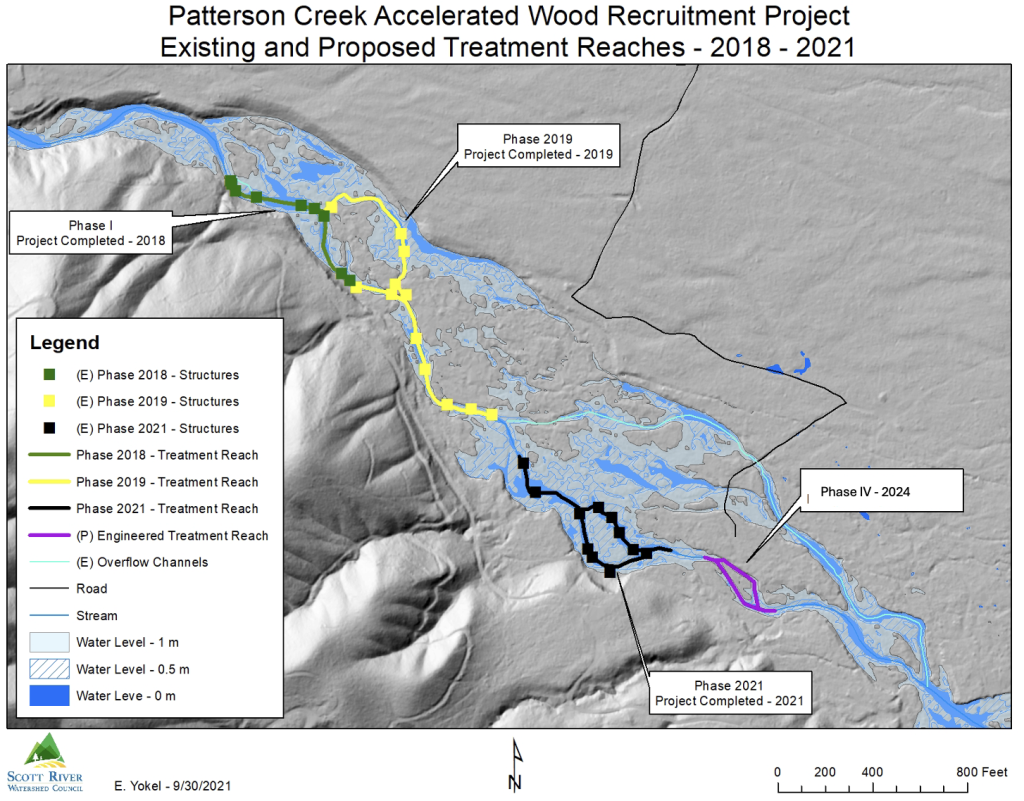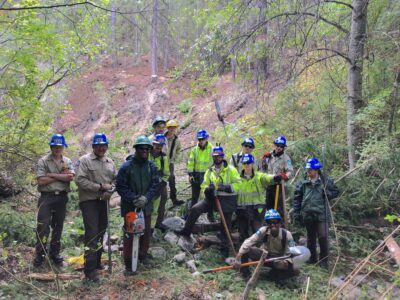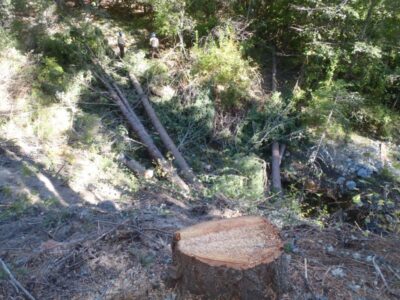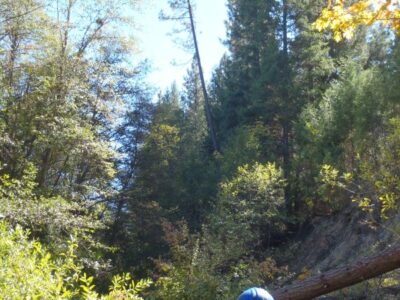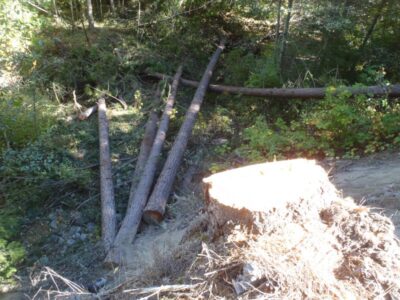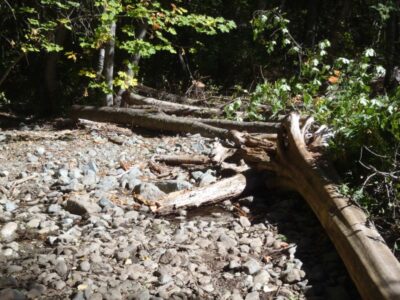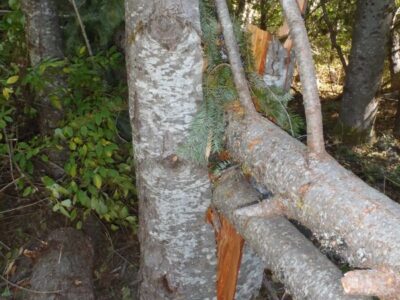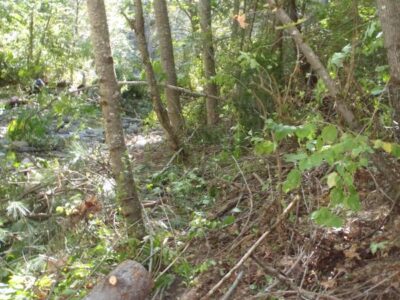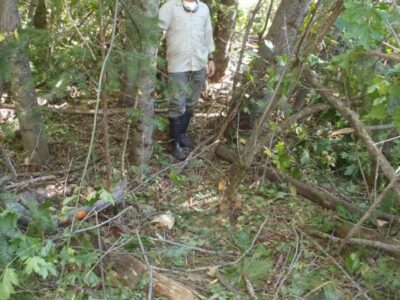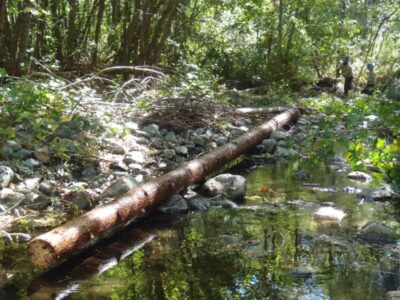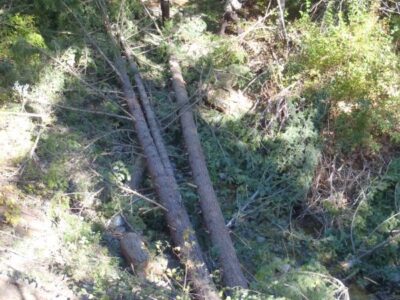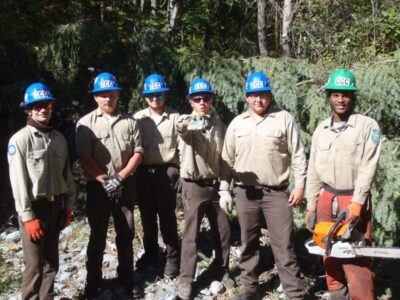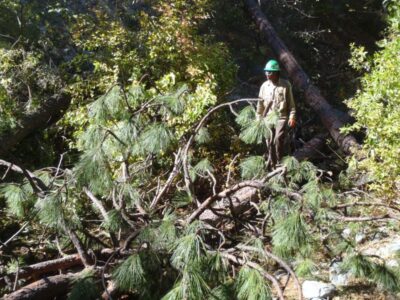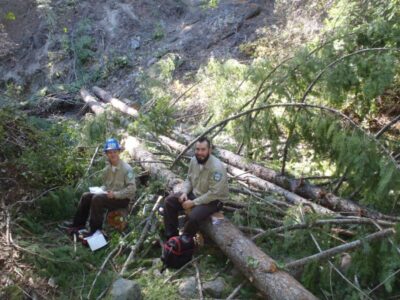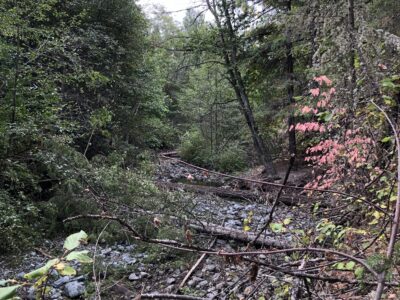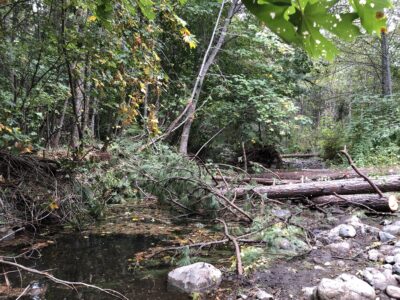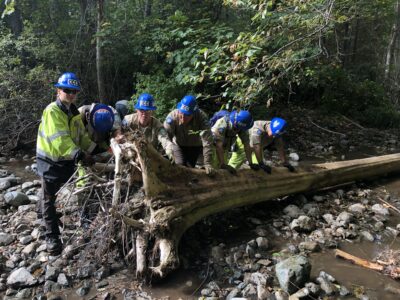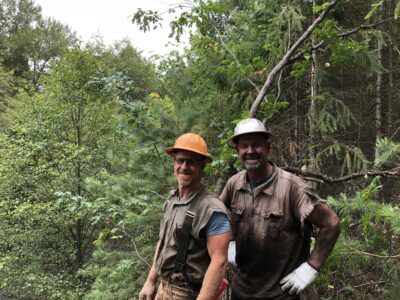Patterson Creek is a cold-water westside tributary of the Scott River watershed that provides critical spawning and rearing habitat for salmonids, including coho salmon and steelhead. While the stream’s alluvial fan becomes subsurface annually, the upper valley reach remains perennially wetted. This section is characterized by cold water, a well-developed riparian canopy, and confirmed use by rearing juvenile coho and spawning adult salmonids.
However, the upper reach exhibits a moderately steeper gradient (2-3%) compared to the lower depositional Valley floor. Over time, it has become increasingly confined and channelized, resulting in elevated stream velocities. These changes have diminished the stream’s ecological function by reducing slow-water habitat, limiting gravel sorting, and decreasing opportunities for groundwater recharge.
Patterson Creek has been identified as a high-priority site for restoration under the Scott River Watershed Council’s (SRWC) prioritization report “Restoring Priority Coho Habitat in the Scott River Watershed Modeling and Planning Report.” The reach ranks highly due to its consistent cold water, observed juvenile coho use, extensive riparian vegetation, and existing off-channel features with restoration potential for increased surface water connectivity.
This project aims to accelerate natural wood recruitment by strategically reintroducing large wood elements to the channel. The goals include restoring natural stream processes such as flow partitioning, creation of slow water refugia, gravel sorting, and increasing floodplain inundation frequency. Additional anticipated benefits include the formation of scour pools, year-round shelter for anadromous fish, and retention of wood structures that are currently being flushed out during high-flow events.
The primary goals of the project are to:
- Increase juvenile coho salmon habitat capacity by reconnecting and enhancing restored floodplains.
- Improve the quality of rearing habitat in key reaches of Patterson Creek through the addition of large woody debris.
- Support native riparian vegetation to stabilize stream banks, provide long-term habitat benefits, and support ecosystem resilience.
- Promote groundwater recharge in the expansive riparian forest that is located in project reach.

